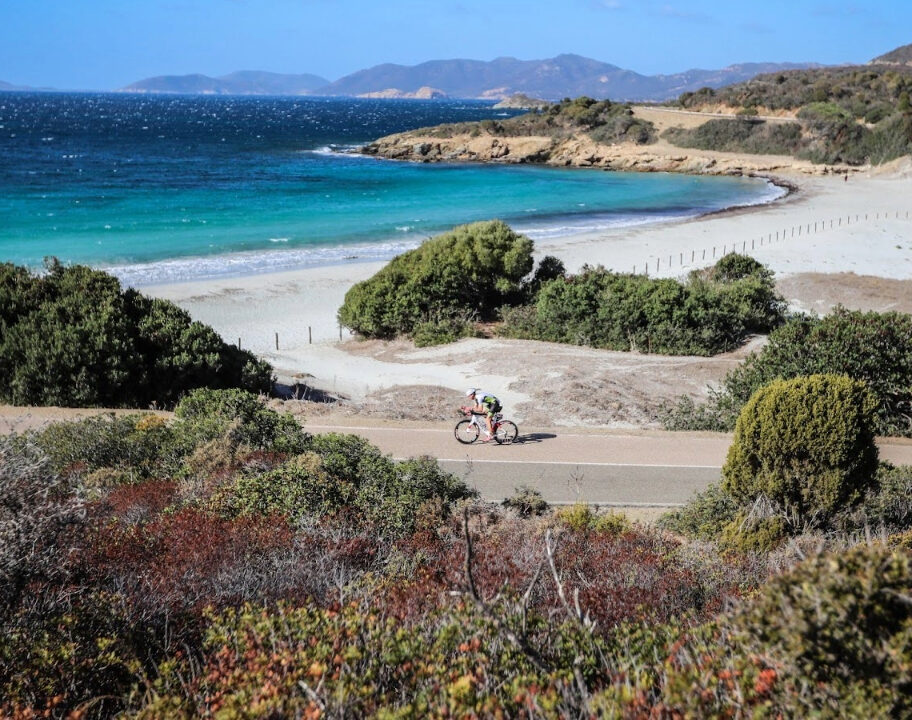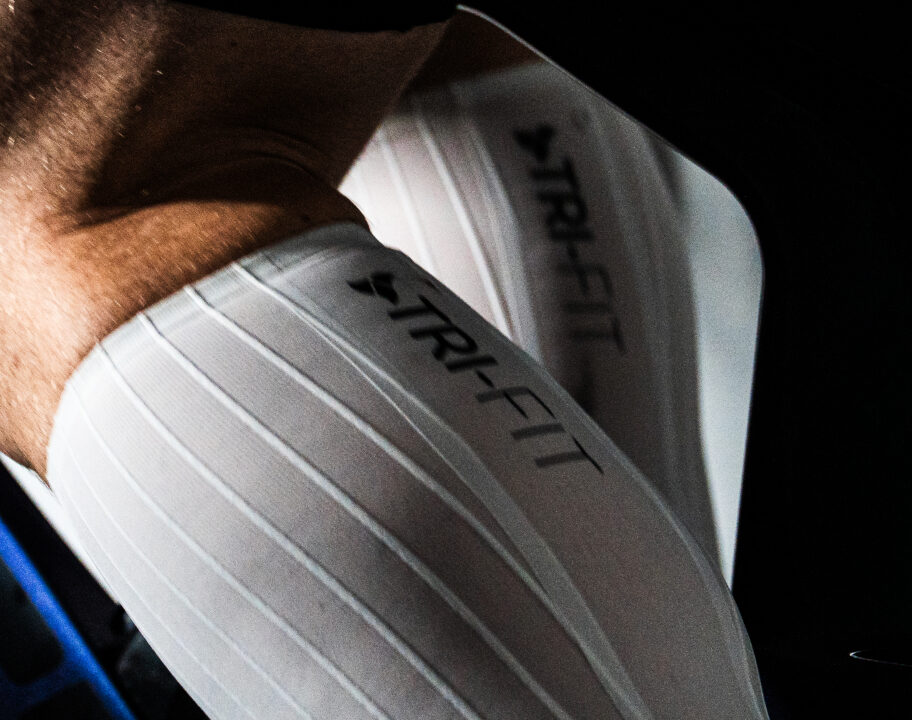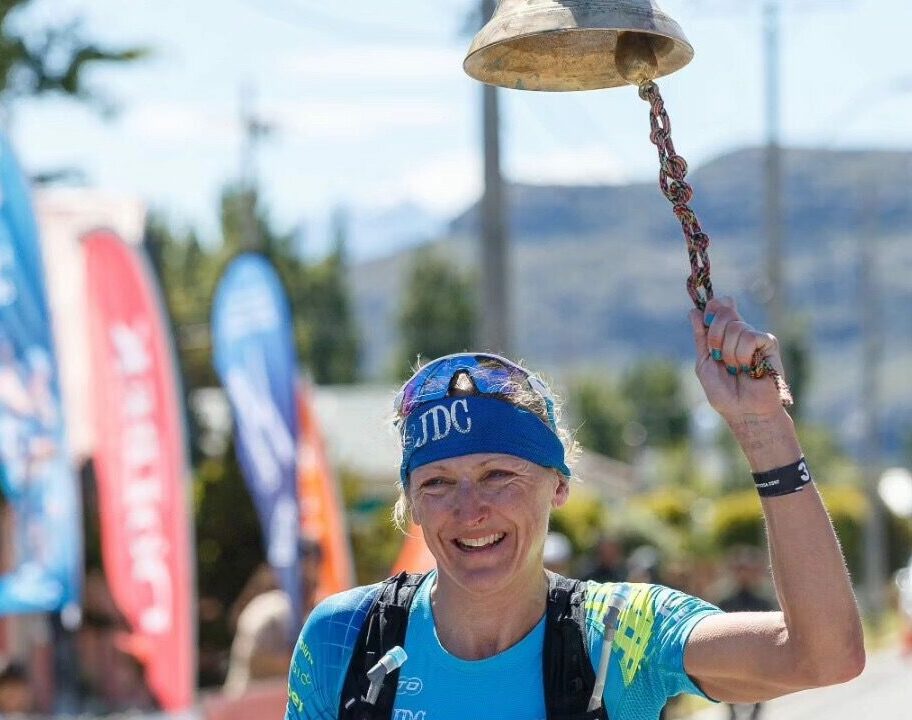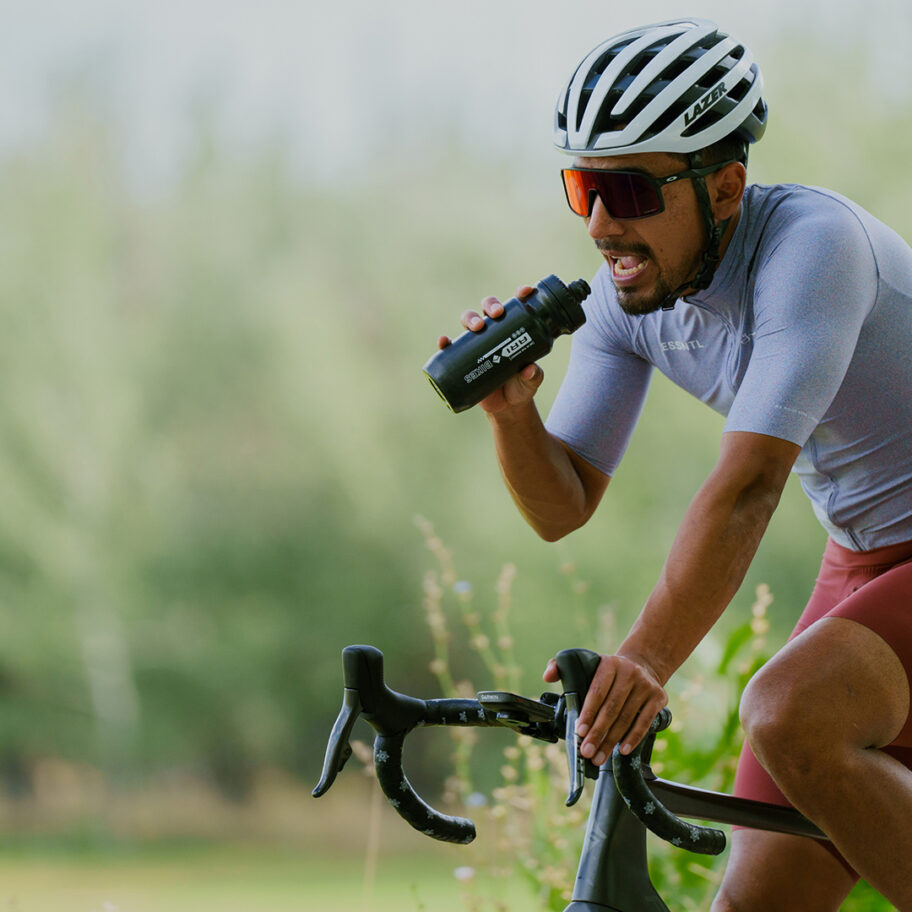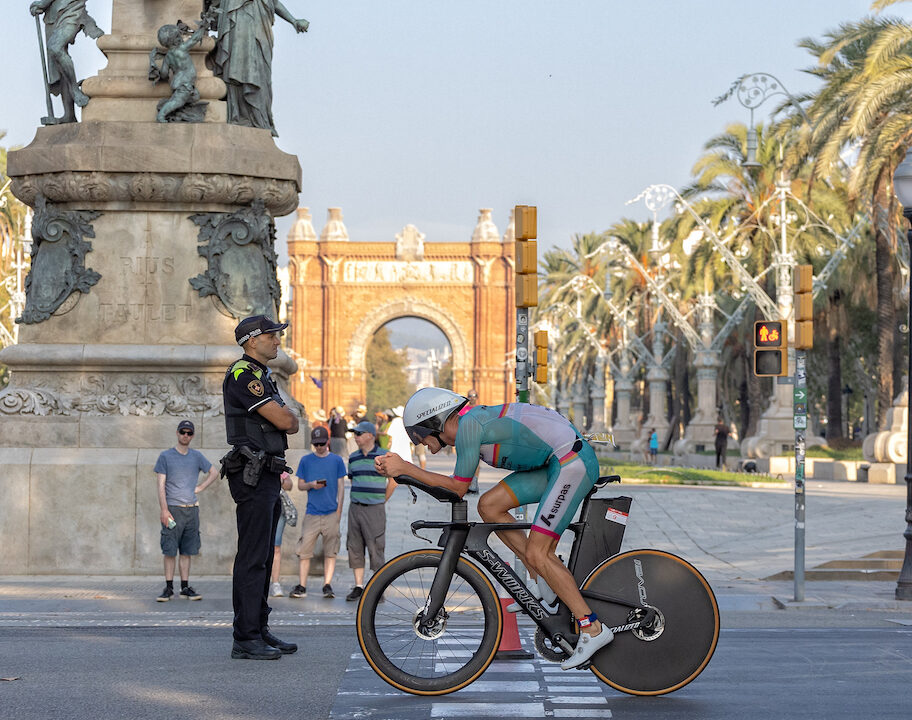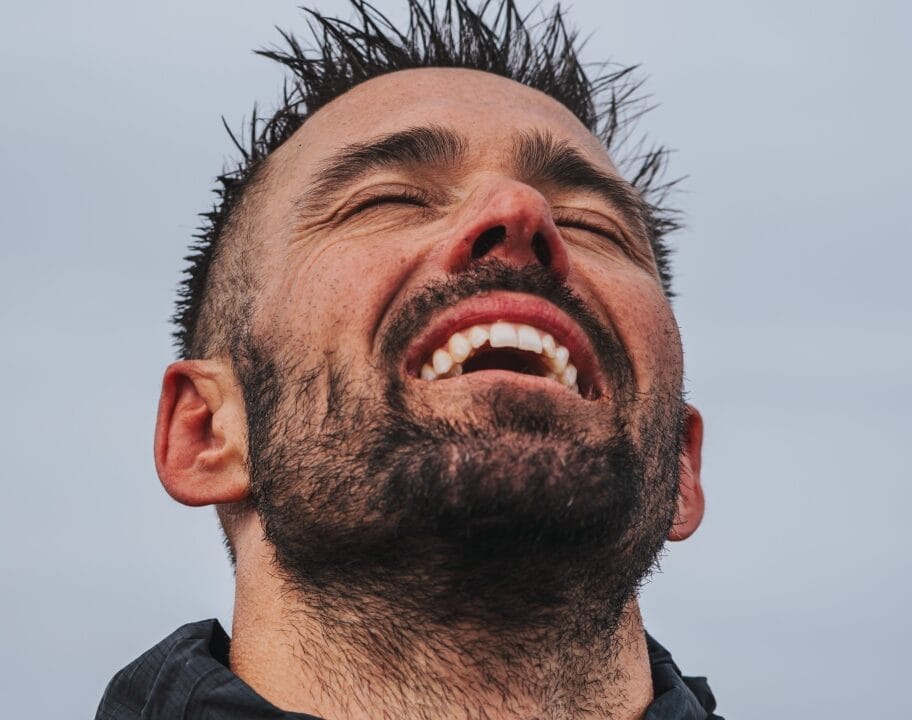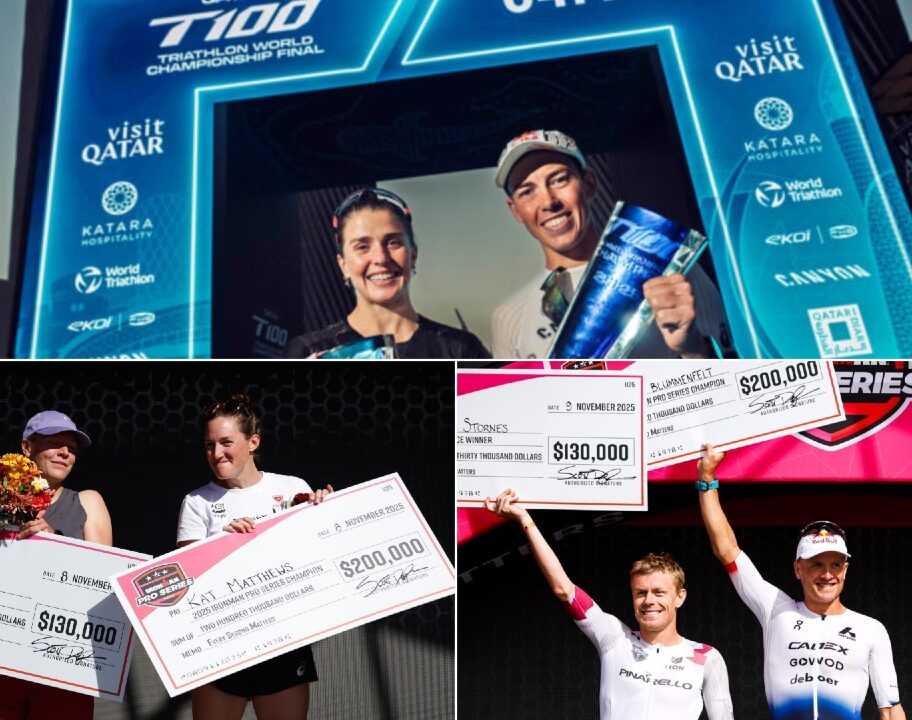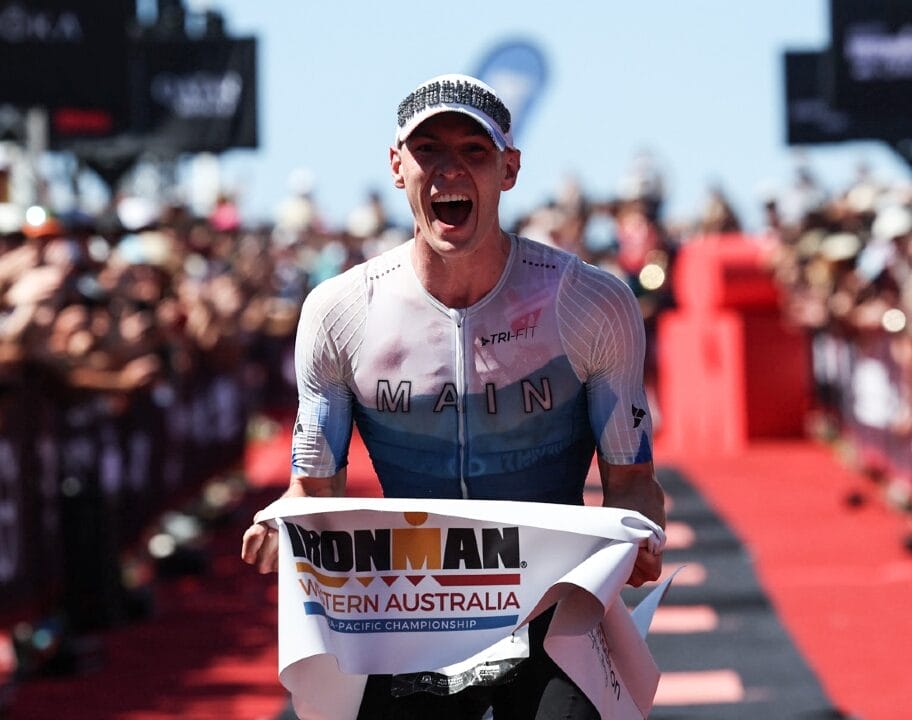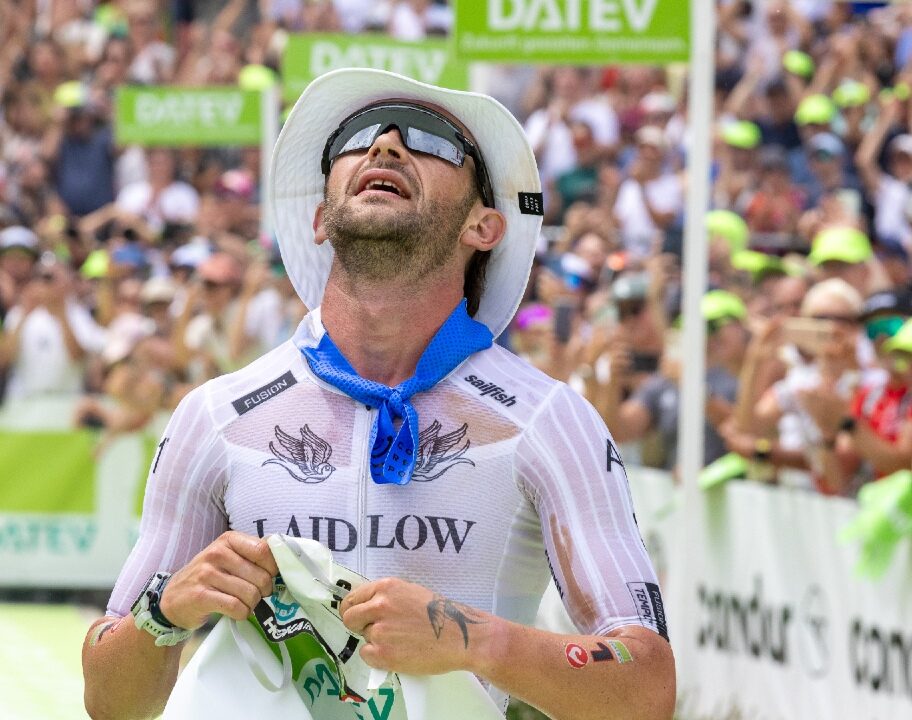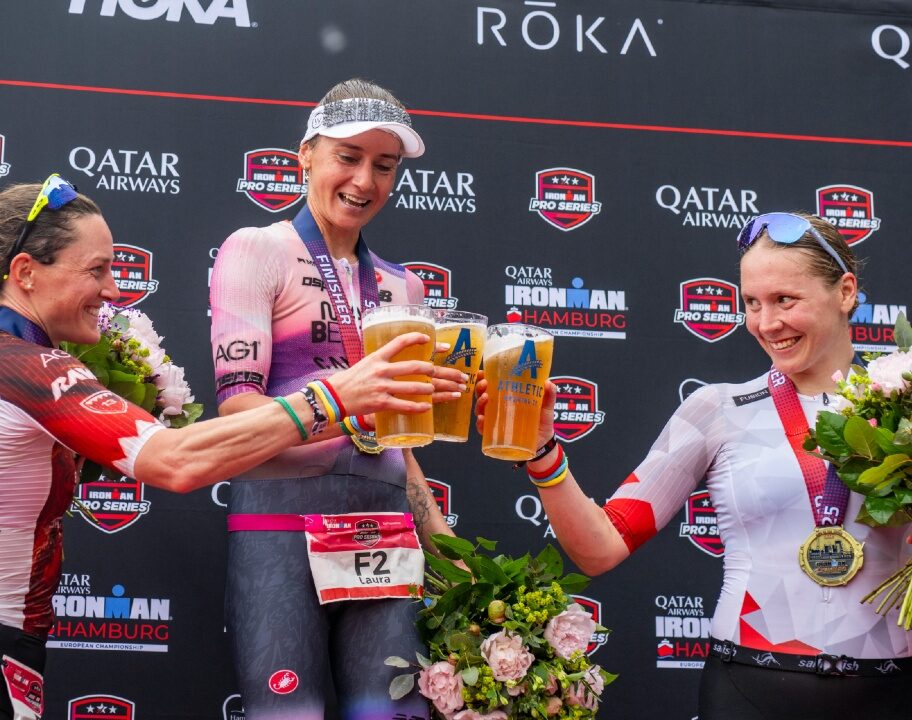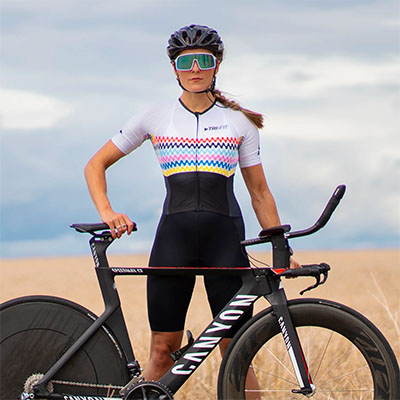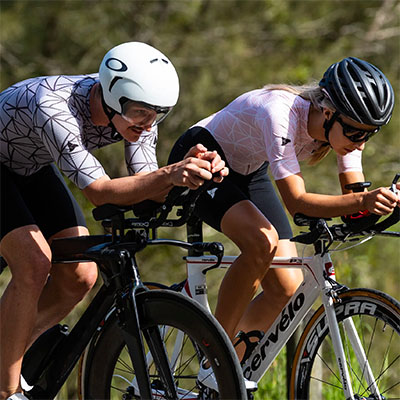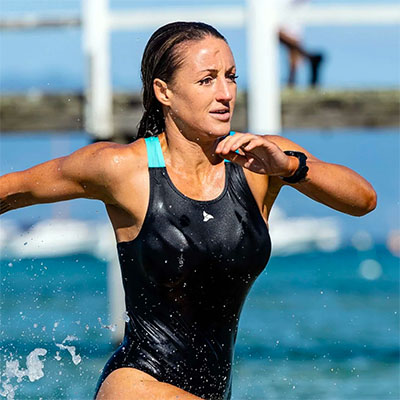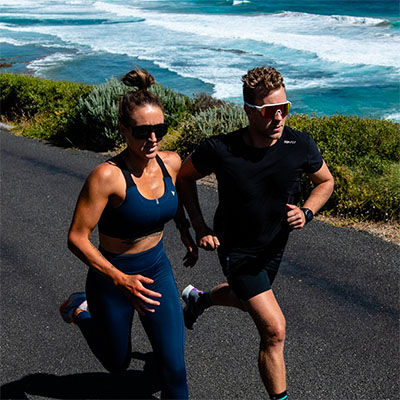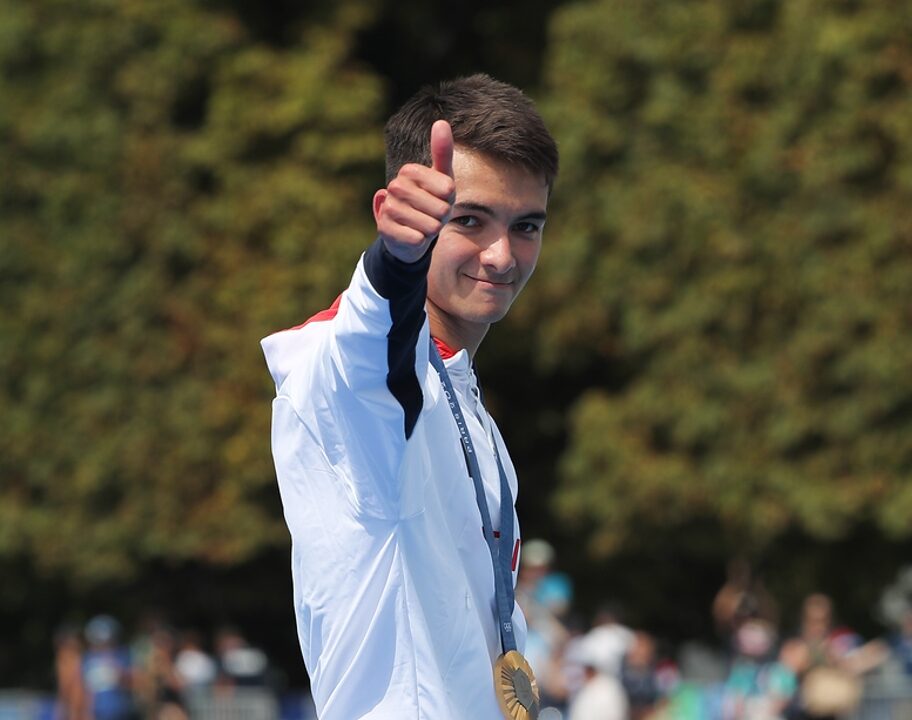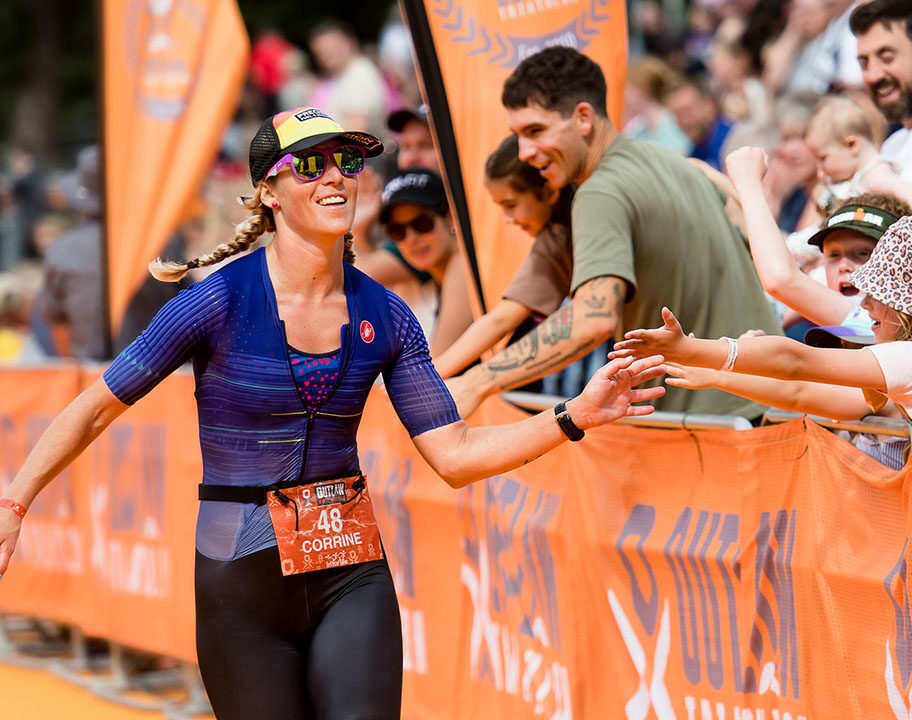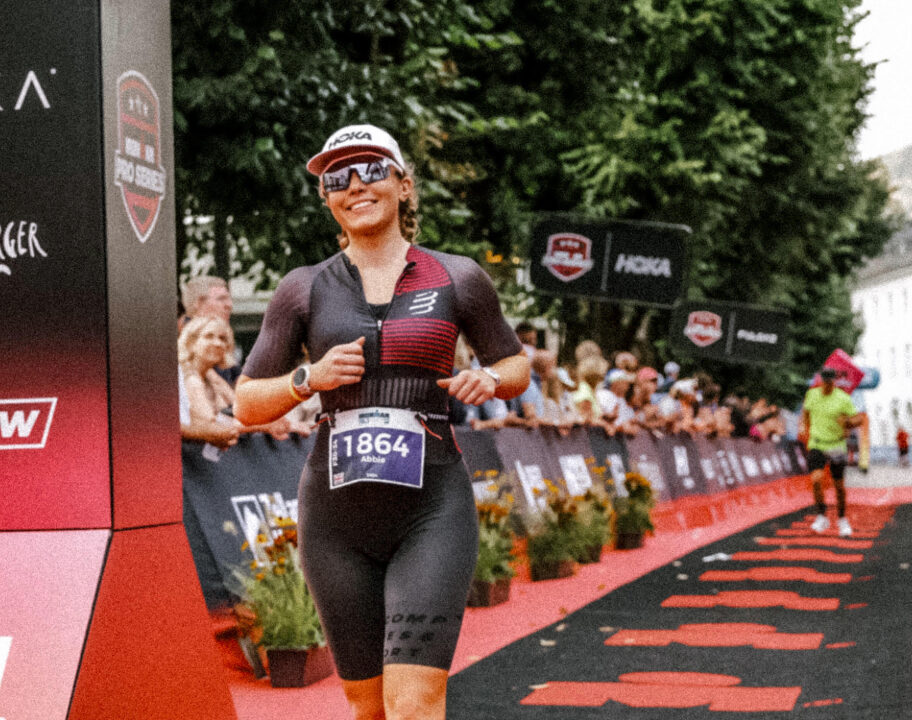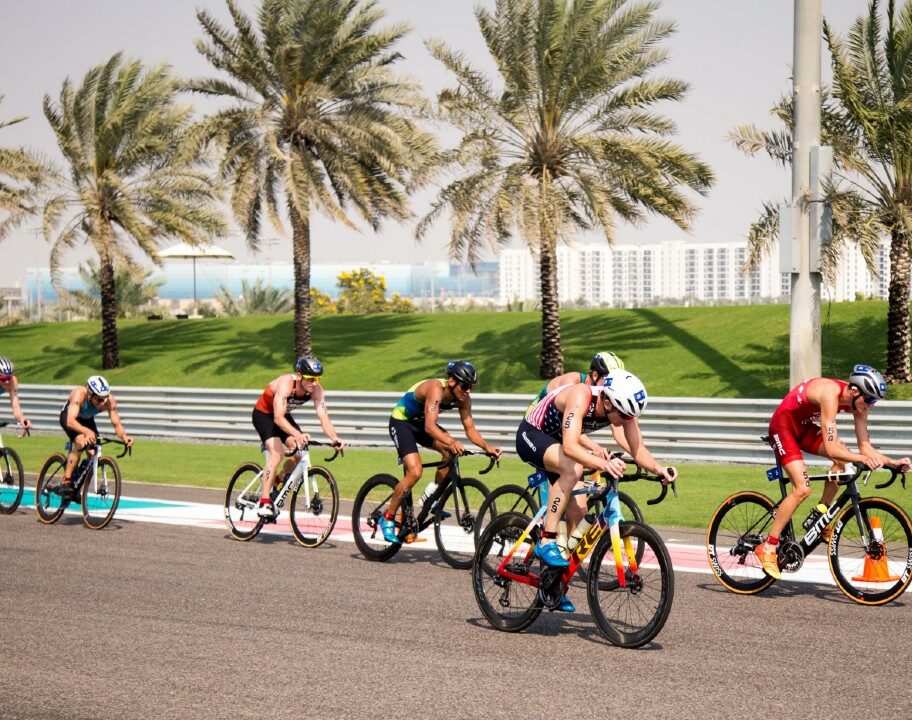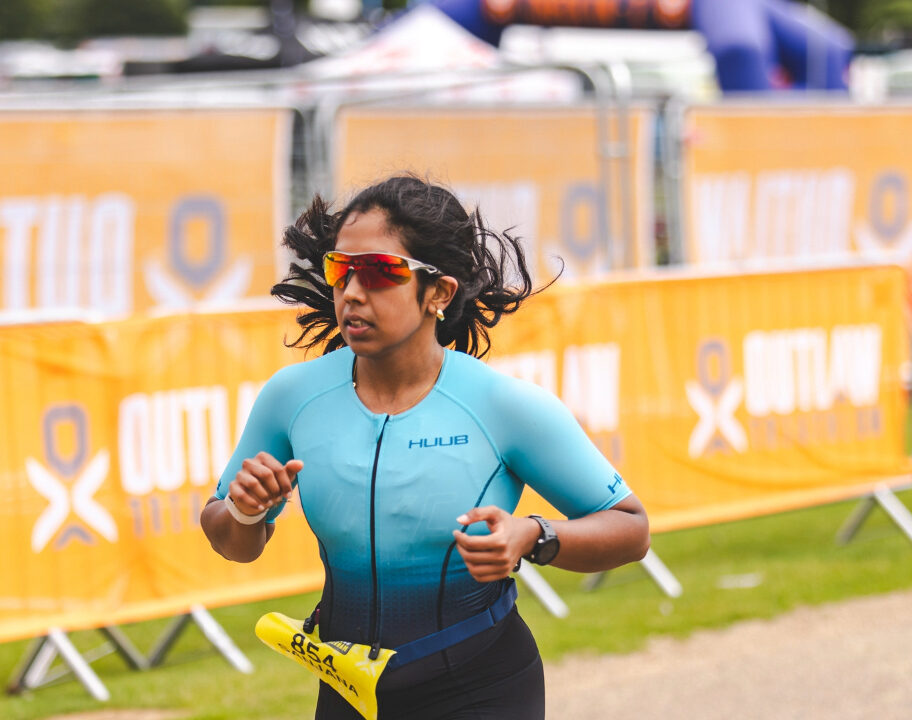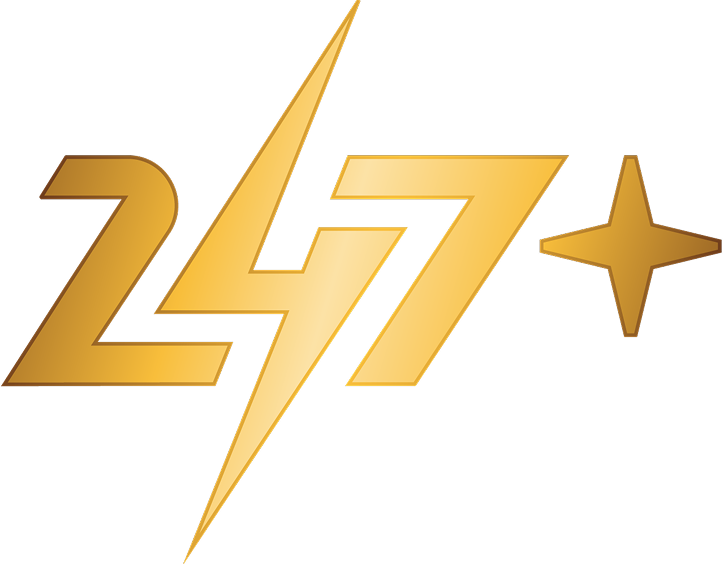Last month in the Physio’s Corner, Physio4life explained how to prevent, identify and overcome plantar fasciitis. This month Physio4life will focus on Achilles Tendonitis, one of the most common running injury problems that triathletes have to deal with. This article will once again explain what the injury is, what the symptoms are, how to prevent it and what the best forms of treatment are.
What is Achilles Tendonitis?
The Achilles Tendon is the large tendon at the back of the ankle that connects the calf muscles (gastrocnemius and soleus) to the heel bone (calcaneus) and provides the power and push off phase of the gait cycle. Achilles Tendonitis is the inflammation of the Achilles Tendon caused by a variety of possible contributing factors. The tendon has a poor blood supply which is why it is slow to heal. Achilles Tendonitis contributes to approximately 11% of running injuries. It is also possible to have pain in the area of the Achilles Tendon which is not a true tendonitis but rather a tendonosis, meaning that the nature of the injury is not inflammatory but rather tendon degeneration without the inflammation due to the chronicity of the injury.
Symptoms of Achilles Tendonitis
Achilles Tendonitis can be acute or chronic. Acute tendonitis may occur as a result of overuse or training too much, too soon especially on hard surfaces or up hills.
Symptoms of acute inflammation of the Achilles Tendon are:
- Pain on the tendon during exercise, the pain will come on gradually with exercise and ease with rest
- Swelling over the Achilles Tendon
- Redness over the skin
Symptoms of chronic Achilles Tendonitis
- Pain and stiffness of the Achilles Tendon, especially in the morning
- Stiffness that diminishes as the tendon warms up with use
- Pain may be more diffuse rather than localised along the tendon
- There may be lumps or nodules in the Achilles Tendon, approximately 2cm above the heel bone
- Pain in the tendon when walking, especially up hill or up stairs
- Mild pain after exercise that gradually worsens
- Chronic tendonitis is more of a long term, persistent problem
Chronic Achilles Tendonitis may occur following acute tendonitis if the acute tendon injury is not treated properly or allowed to heal.
Causes of Achilles Tendonitis
- Overuse due to the lack of flexibility of the calf muscles
- Trauma caused by sudden and/or hard contraction of the calf muscles when putting in extra effort such as in a final sprint
- Rapidly increasing your running mileage or speed
- Adding hill running or stair climbing to your training routine – this causes the Achilles Tendon to stretch more than normal with every stride causing it to fatigue faster than usual
- Overpronation – when the foot rolls inwards (flattens), the lower leg rotates inwards which twists the Achilles Tendon placing extra stresses on it
- Wearing high heels consistently and then running in flat shoes makes the tendon stretch further than it is comfortable
Imaging as a method of diagnosis
Ultrasound and Magnetic Resonance Imaging (MRI) Scans:
- Ultrasound images are cheap and easy non-invasive imaging tools useful for tendons close to the surface of the skin
- Doppler ultrasounds can show the blood flow through the tendon
- MRI scans can be more sensitive and show detail of other local structures
- Tendon thickening, partial tears and collagen disruption can be seen from changes on the images
Conservative management of Achilles Tendonitis
Rest, it is important to rest from all painful activities, especially running.
Ice two to three times a day for up to 20 minutes will help to reduce pain and inflammation by reducing the blood flow through abnormal blood vessels.
Shoes that have a good arch support and cushioned heel help to reduce tension in the Achilles Tendon. It is important to change running shoes approximately every 400 miles.
Stretching helps to reduce tension along the Achilles Tendon.
Non-Steroidal Anti-Inflammatory Drugs (NSAIDs) are useful for acute symptoms only in order to reduce pain and inflammation. However, the ongoing use of NSAIDs may make the symptoms worse by suppressing the body’s own healing mechanism, so hampering necessary therapeutic management.
Corticosteroid injections fall into the same category as NSAIDs and may help to rapidly reduce the athletes pain. However, studies have shown that the injections may also increase the risk of an acute rupture.
Extracorporeal shock wave therapy is used mainly to treat calcific tendonopathy and can be of benefit with chronic conditions where calcium deposits within the tendon are hampering rehabilitation.
Physiotherapy management of Achilles Tendonitis
Biomechanical evaluation: A biomechanical assessment of the foot and leg is an important part of Achilles Tendon management. Modification of foot posture can reduce pain and increase the capacity to load the tendon.
Orthotics: Customised shoe orthotics (arch supports) and heel lifts can reduce overpronation and hence stress on the Achilles Tendon by correcting foot biomechanics.
Massage: Transverse friction massage of the tendon can help to reduce the tension within the tendon and improve blood supply throughout it. Deep tissue massage of the calf reduces the tightness throughout the muscles, hence reducing the pull of the muscles on the Achilles Tendon.
Electrotherapy: Ultrasound can be useful to reduce pain and inflammation as well as promoting tissue healing.
Strapping: Taping techniques to correct foot biomechanics and off-load the Achilles Tendon can facilitate pain free training by reducing the amount of stress placed on the Achilles Tendon.
Acupuncture: May help relive pain and improve blood flow through the tendon facilitating tissue repair.
Trust us, you don’t want to get this far down the road! This is a ruptured Achilles Tendon undergoing surgery where the torn ends of the tendon are stitched back together and the foot and lower leg are then isolated in a plaster cast for up to six weeks to prevent any stretching of the tendon. If the rupture is caught early enough it is sometimes possible to isolate the tendon by casting the foot in a downwards position and letting the tendon heal. See this article for more details.
Exercise rehabilitation program
A combination of strengthening, stretching and proprioceptive exercises will help to correct muscle imbalances and improve the overall function of the lower limb. Eccentric exercises are proven to be the most beneficial in the recovery of the Achilles Tendon.
Exercises for the management of the Achilles Tendon
Exercise 1: eccentric knee squat
- Stand with your feet shoulder width apart and an upright body posture
- Bend your knees to 90 degrees keeping them steady, in line with your second toe
- Return to the staring position
- Repeat this exercise
- As this becomes easy, progress to a single leg knee squat; ie, stand on the affected leg only and bend your knee keeping it in line with your second toe.
Exercise 2: heel lifts
- Start with your feet shoulder width apart
- Slowly rise onto your toes
- Then slowly lower your heels
- Repeat this exercise
- As this becomes easy, progress to single leg heel lifts
Exercise 3: calf stretch (gastrocnemius)
- Stand facing a wall in a lunge position with the foot to be stretched behind and the other in front
- Have your toes pointing forwards and make sure your heels remain firmly flat on the ground
- Shift your weight forwards from your hips, bending the front knee and keeping the back knee straight until feeling a stretch in the calf behind
- Hold 30 seconds and repeat 3 times
Exercise 4: calf stretch (soleus)
- Stand facing a wall in a lunge position with the foot to be stretched behind and the other in front
- Have your toes pointing forwards and make sure your heels remain firmly flat on the ground
- Bend the front knee and this time also bend the knee of the leg to be stretched slightly
- Shift your weight forwards from your hips, bending the front knee further keeping the back knee slightly bent until feeling a stretch in the calf behind
- Hold 30 seconds and repeat 3 times
Exercise 5: heel drops/toe raises
- Stand with your heels hanging off a step
- Rise onto your toes and then quickly drop your heels down
- Repeat this exercise
- Stop if you feel pain
Physio4Life
Physio4Life is an award winning physiotherapy clinic priding itself in providing the very best diagnosis and treatment to ensure that athletes are able to return to everyday life with minimal disruption. Services on offer include sports injury specialists, sports massage, running biomechanics and video analysis, orthotics and footwear recommendations, core training and Pilates classes, and fitness testing. The long opening hours ensure appointments are available for even the busiest patients. Please contact them on 020 8704 5998 or see their website www.physio4life.co.uk for more information.

